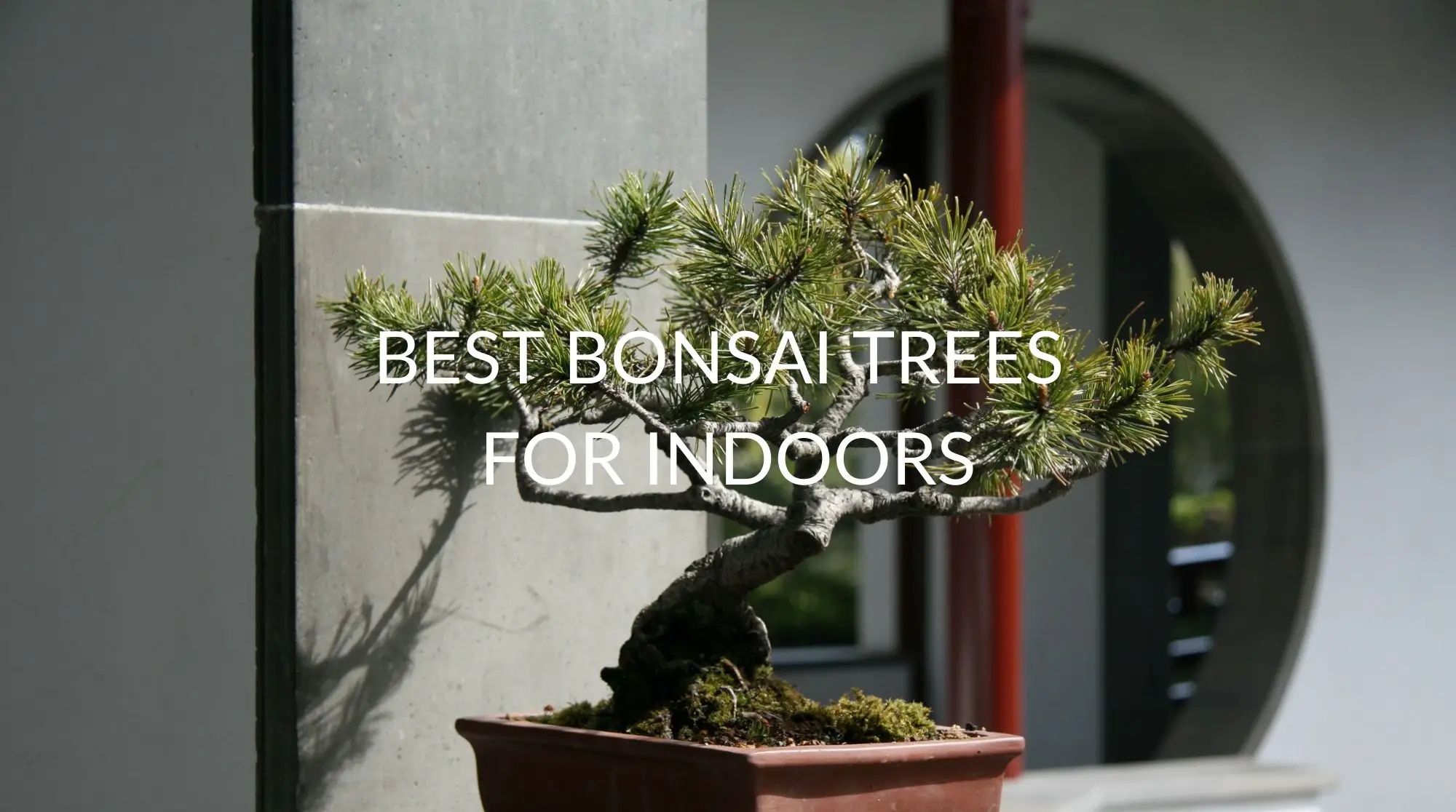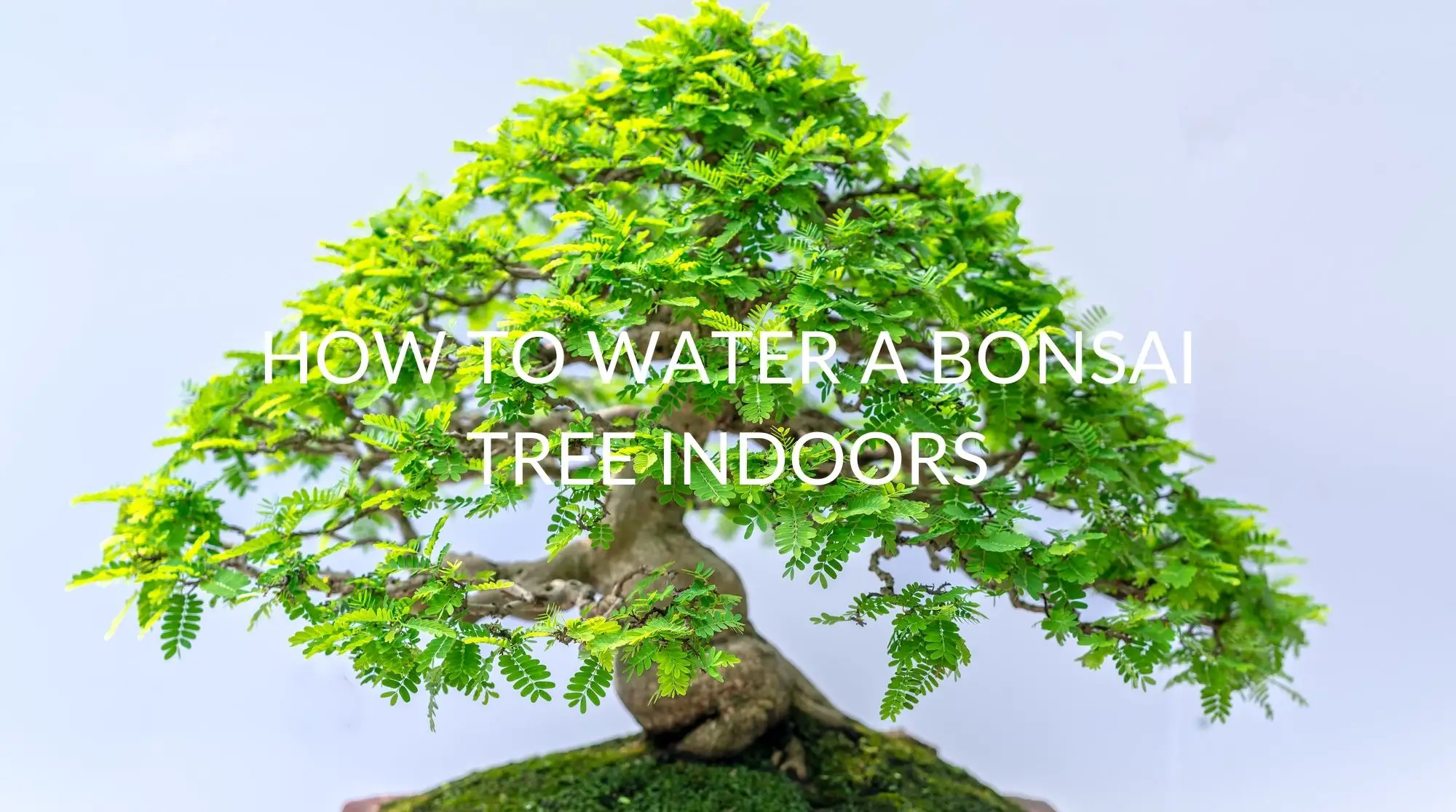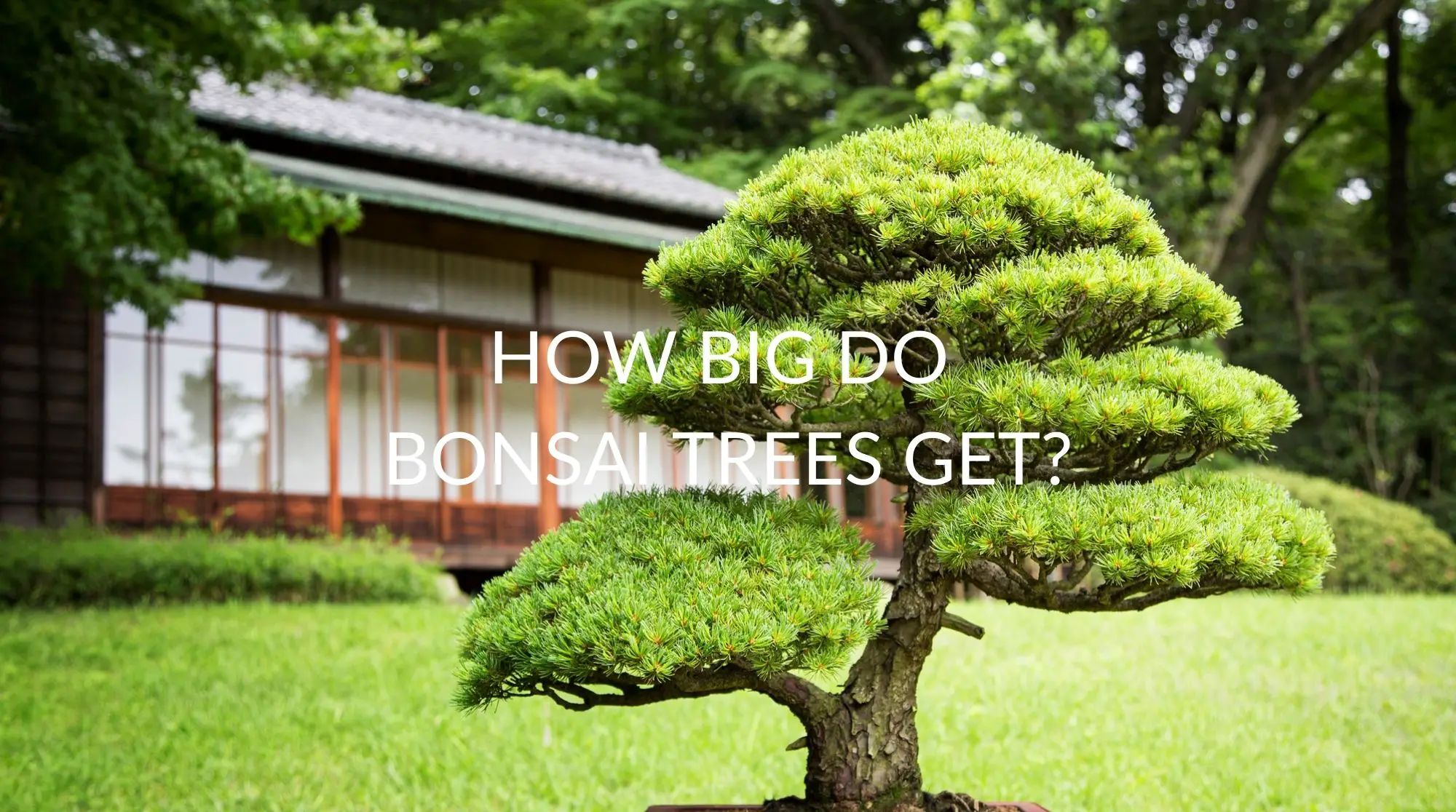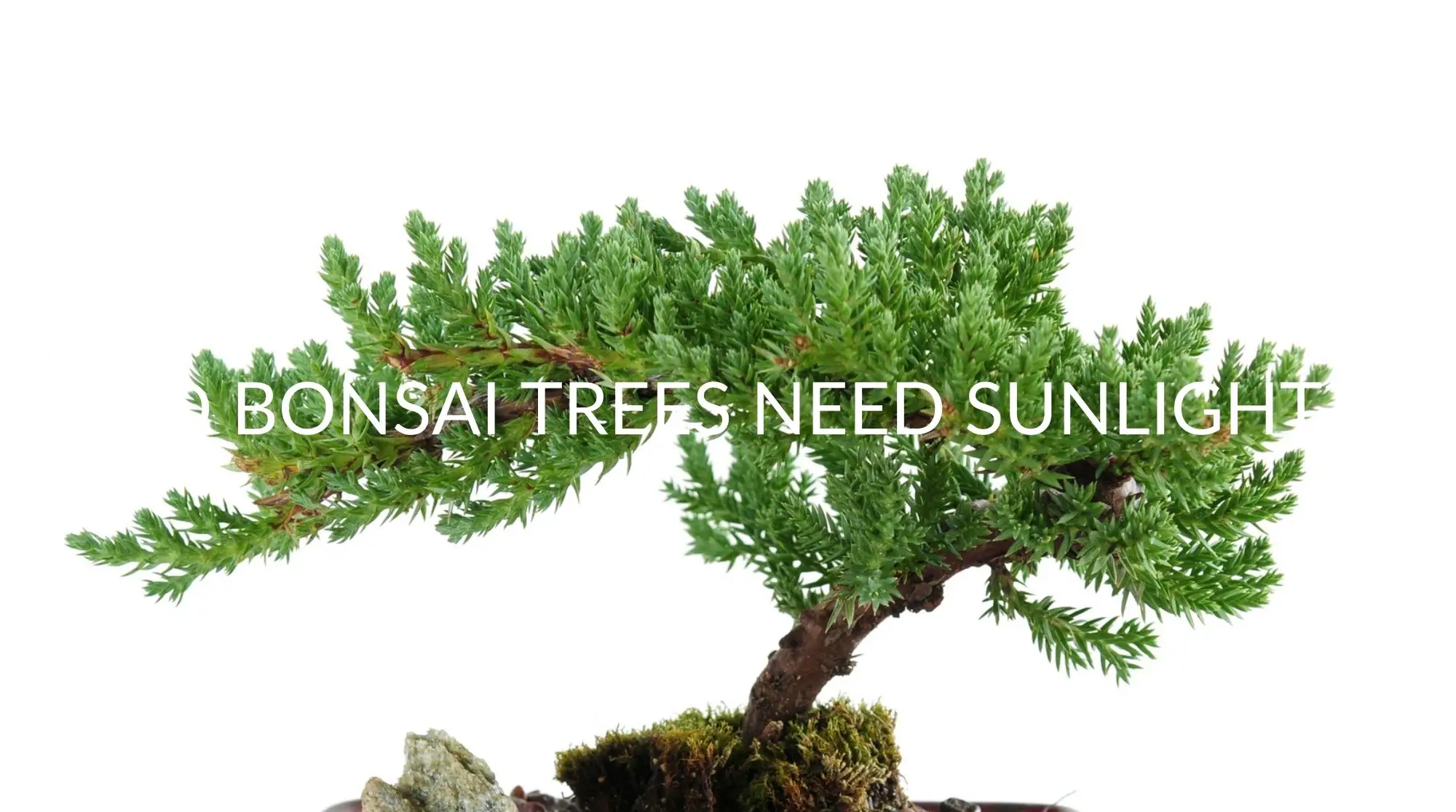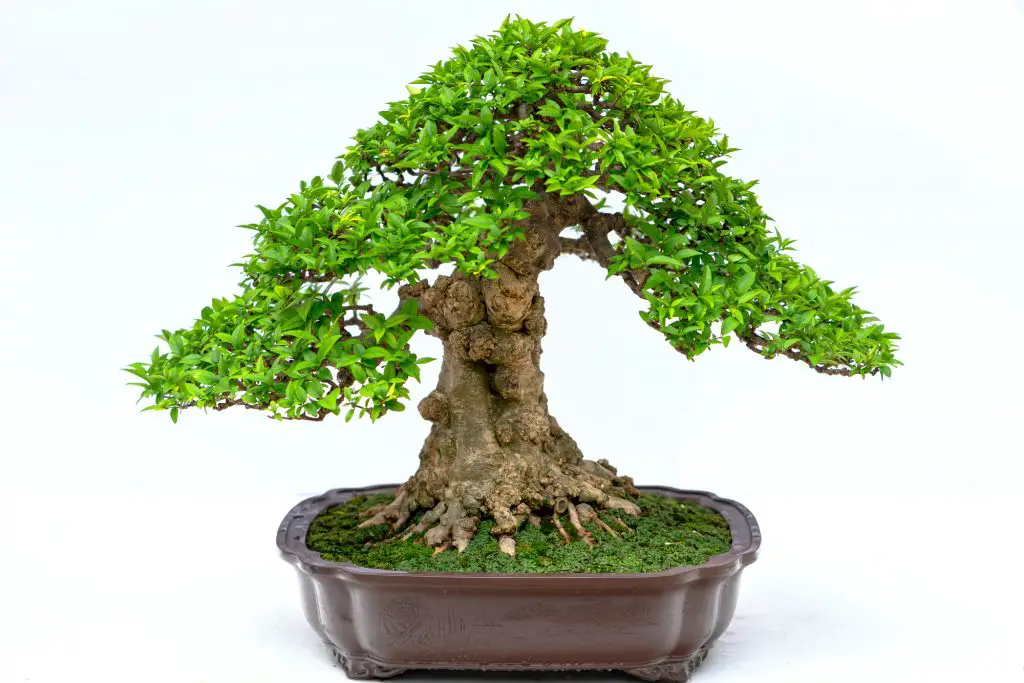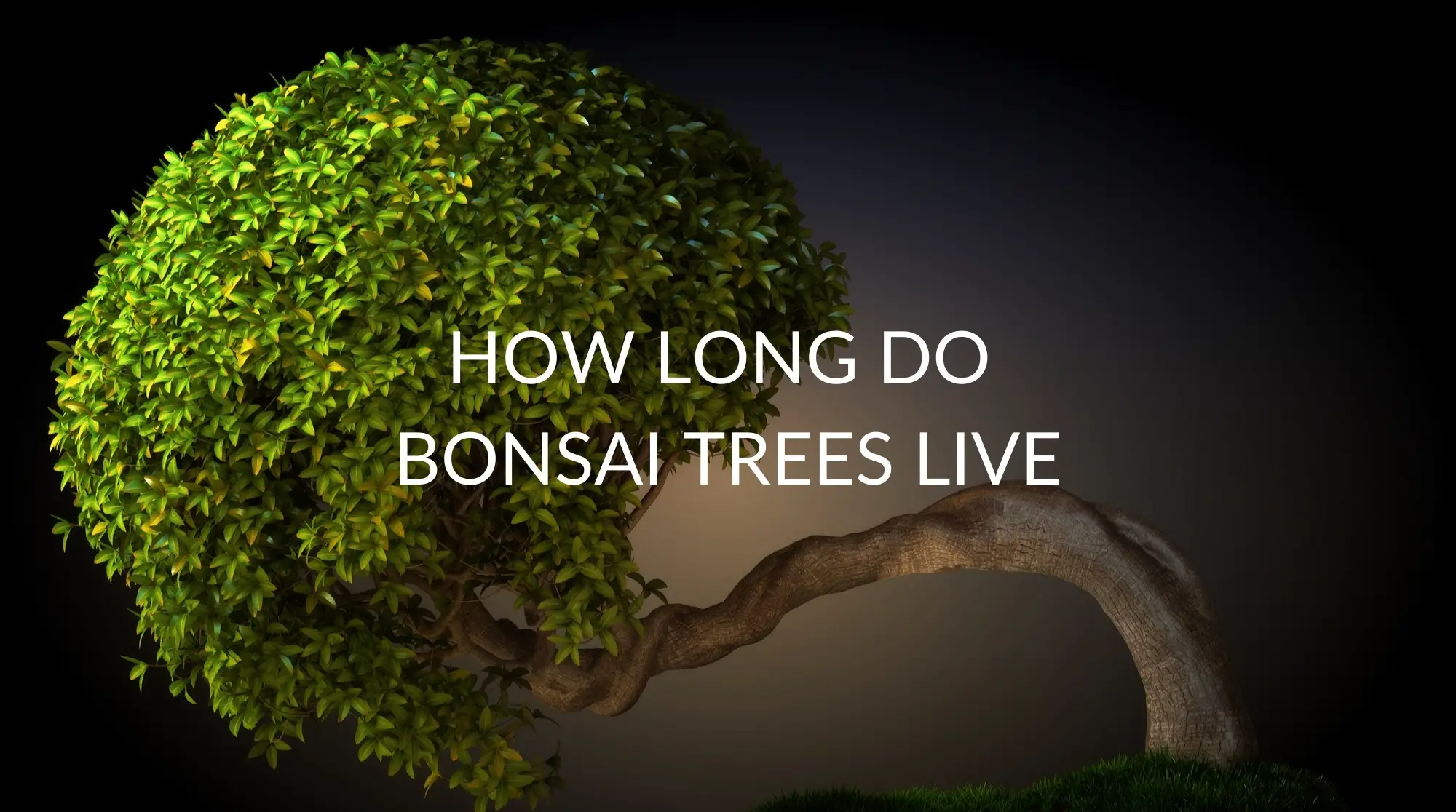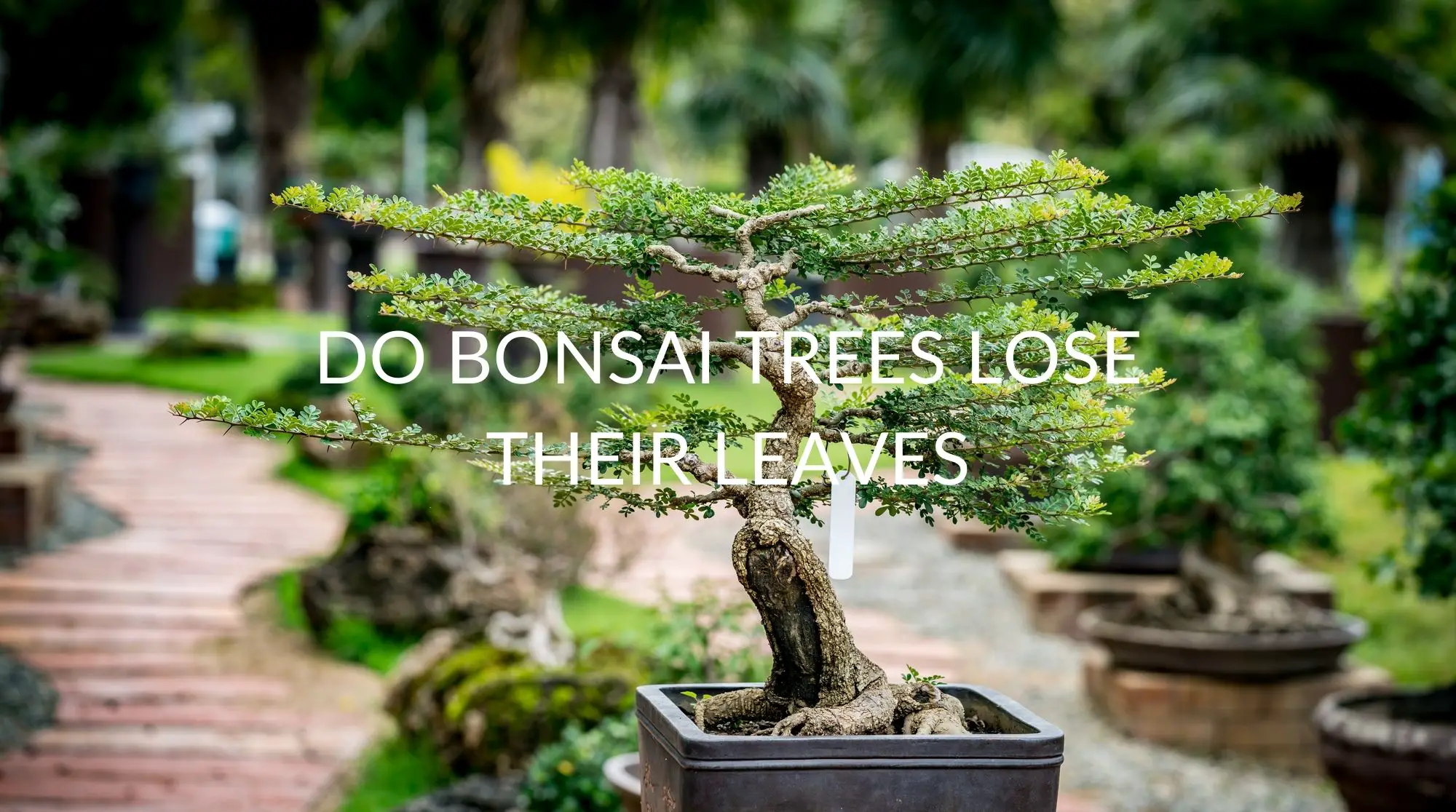Bonsais provide some of the most rewarding adventures in gardening. Their diminutive size and minuscule stature are not only impressive but also incredibly beautiful. They look like the smaller version of the normal tree and give an ambiance that’s indescribably tranquil.
So, when you want to grow one indoors, you’ll want to know what the best kinds of trees are. This will be especially true if you’re a beginner. Therefore, a tree that comes from a tropical climate is ideal. One native or naturalized closest to your home will allow you to provide the right conditions.
However, there are several species worth looking into because of how well they do as indoor bonsais. These include ones from the fig family and Sweet Plums, Chinese Elms, and Norfolk Island Pines, among others. This guide will show you what to consider, what to look for and which species work well.
Can I Grow A Bonsai Tree Indoors?
Yes, you can grow a bonsai tree indoors. In fact, it’s highly advisable to do so, especially if you have a species not native to your immediate environment and climate. However, you’re going to have to have a grow light, the right kind of soil media, develop a watering/fertilizing plan, and do thorough research on bonsai care.
So, it’s important you understand and accept the fact that this isn’t going to be a normal gardening pursuit. It is a completely different ballgame. Not only should you provide the right conditions, but you also have to maintain its size with pruning, wiring, fertilizing (or lack thereof), consistent repotting, and other similar items of concern.
What Is The Best Type Of Tree To Bonsai?
The best type of tree to grow as a bonsai is one that comes from tropical or subtropical climates. This is because non-tropical trees will require a period of dormancy in the winter to prepare for new growth in spring. Trees from exotic areas will not need this, which makes them easier to care for.
This isn’t to say you can’t have a non-tropical tree for a bonsai, but you should have experience with the basics of one before attempting it. If you live in a tropical area, then you’re in luck and you’ll be able to provide many of the conditions it will require to thrive.
Consider the Hardiness Zones
But, anything less than a USDA hardiness zone of 9 will have to take great care in providing the necessary conditions. So, the best type of bonsai will be one that comes from a hardiness zone between 9 and 11 that’s as close to your locale as possible.
For instance, if you live in Indianapolis, Indiana, and want to grow an indoor bonsai, you may want to obtain your tree from Memphis or Nashville, Tennessee. If you live in Colorado, look to Sacramento or San Francisco, California. However, if you reside in Dallas, Texas, you can find one right in your area.
Trees from Places Far Away
There are some species from outside these locations that are good indoor bonsais and you can buy them from a nursery. Most are very adaptable and don’t require a lot of care, which makes them desirable starter bonsais.
Think about Size & Location
Your next consideration will be size in relation to where you want to keep the bonsai tree. This is crucial because trees come in all sorts of shapes and sizes. So, your container will also come into the equation here.
Remember, you will have to repot the tree periodically, so ensure you have a spot that can accommodate growth and any other changes. This brings us to the other important factor you should think long and hard about: the environment.
Providing the Right Conditions
Depending on the tree, it will need access to bright sunlight, either direct or indirect. Also, you have to ensure the tree receives enough warmth that’s fairly steady throughout the year. Then there’s the issue of watering. Some trees require lots of water, and others need very little.
These conditions can be challenging for maintaining a bonsai in USDA hardiness zones 8 or less. Therefore, a grow light will be necessary in addition to keeping it in a place that receives warmth and humidity while protecting it from breezes and cold temperatures.
Obtaining an Optimal Tree
Another thing to keep in mind is that you want to locate a tree with healthy roots, bark, branches, and heartwood. There should be an even distribution of the branches without defects such as crossing or twisting. The leaves should be green, lush, and healthy without any sign of pests, disease, discoloration, or wilting.
Likewise, the roots should nearly arise from the soil’s surface but be secure in their spot. In regards to the trunk, it should be wider at the bottom and gradually narrow toward the top. But, the preferable surface of the trunk will have a smooth appearance and feel.
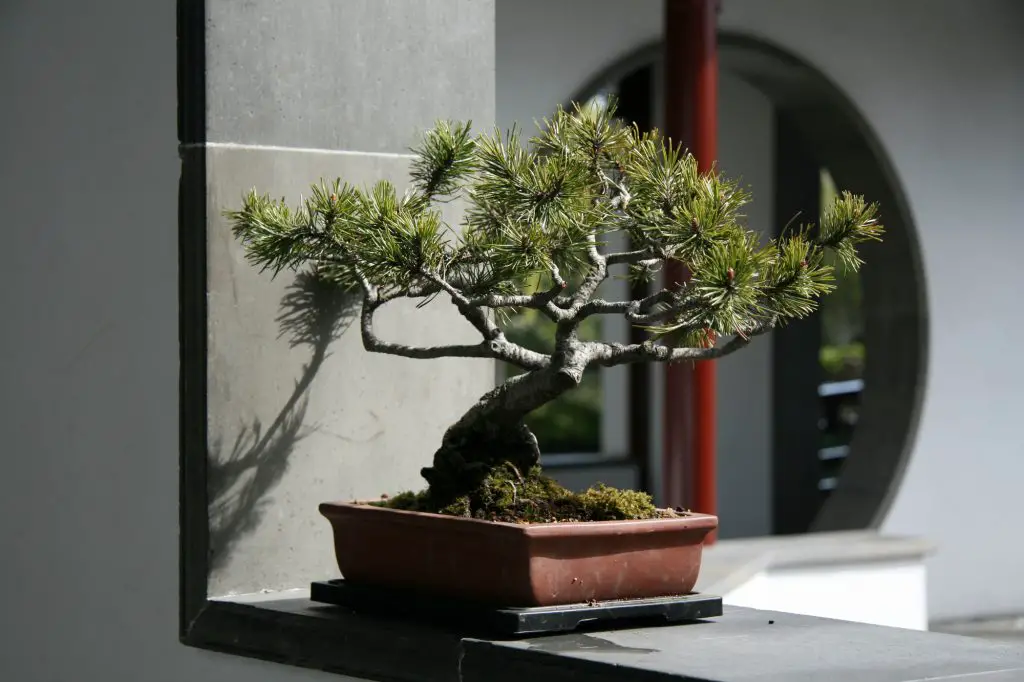
Best Bonsai Trees For Indoors
The trees and shrubs mentioned below are some of the best for keeping indoors. They range from the easiest and most popular to the more difficult and lesser-known. Please do further research on the ones you find most compelling.
1. Jade
One of the most popular options for a bonsai is the Jade Tree (Crassula ovata). It requires a spot with bright light, but it doesn’t need regular watering since it’s a succulent. This also means sandy and loamy soil is essential with very little fertilizer.
2. Oriental Tea
The Oriental Tea or Fukien Tree (Carmona microphylla) makes a perfect bonsai. It needs several hours of direct, bright sunlight. But it cannot tolerate any temperatures below 70°F, so you will have to keep it warm at all times. The soil should be fertile and organic that stay moist but not sopping wet.
3. Hawaiian Umbrella
Many people in more temperate climates prefer caring for a Hawaiian Umbrella Tree (Schefflera arboricola) as a bonsai. This is because it can tolerate less light and heat than most other tropical/subtropical plants. Kept at a temperature range of 65°F to 72°F, it will still thrive even if there’s little light and low humidity.
4. Sweet Plum
The Sweet Plum Tree (Sageretia theezans) provides for a gorgeous bonsai. However, this is a little more finicky to care for. It requires bright light, but it cannot handle direct, intense heat for too long. Partial shade is ideal, but too little light will cause the tree to struggle. Also, it must stay between 52°F and 73°F during the winter.
5. Chinese Elm
Another ideal bonsai for colder climates is the Chinese Elm (Ulmus parvifolia). This is because it can tolerate rather cold temperatures, but it shouldn’t experience frost. This bonsai likes having the bright sun in the morning and afternoon but partial shade until evening with cooler temperatures.
6. Fig
Any species of Fig Tree (Ficus) will be an ideal but fussy bonsai companion. They love high humidity and must have a steady temperature along with several hours of light exposure. They require bright but indirect sunlight. However, a couple of hours of direct light in the morning is ideal.
7. Norfolk Island Pine
A beautiful yet somewhat difficult bonsai to care for is the Norfolk Island Pine (Araucaria heterophylla). It needs rich, organic soil that drains well while also receiving plenty of direct sunlight. In winter, it cannot tolerate cold drafts or freezing conditions.
8. Money Tree
The Money Tree (Pachira Aquatica) is a beautiful bonsai because the trunk gives a braided look. However, it’s very difficult to care for. It cannot tolerate high winds of any kind, even in the summer. So, it must have a spot with plenty of bright indirect light for eight to 10 hours a day and away from the wind.
9. Desert Rose
If you want a flowering tree, go for a Desert Rose (Adenium obesum). They provide beautiful and dreamy pink tropical blooms. Their maintenance tends to lean on the picky side, though. They need lots of direct light all year long and very little water. But they can succumb easily to pests like spider mites and aphids.
10. Thousand Stars
Although a very challenging plant for a beginner bonsai keeper, the Thousand Stars (Serissa foetida) is a good one to start with for those who have gardening experience. It goes by many names, such as Snow Rose and Japanese Boxthorn. This produces some of the sweetest tiny white flowers in spring and summer.
However, it needs consistent sunlight, but it can tolerate temperatures as low as 50°F. Plus, it requires a high degree of humidity and will not fare well in severe temperature shifts.
How to Care for Indoor Bonsai Tree
The way you care for an indoor bonsai tree will largely depend on the type of tree you have. However, there will be things you have to do that are going to be consistent regardless of the variety.
Sun & Exposure to Light
One of the biggest problems in caring for a bonsai is ensuring it has the same light conditions as its native habitat. Indoors in a windowsill can present its own issues. For instance, if you don’t turn a Norfolk Pine once in a while, the trunk will lean toward the light source. So, it’s imperative you mimic their lighting needs as best as you can.
Humidity & Environmental Moisture
Because of the tropical and subtropical climates of most bonsais, an indoor one will need plenty of humidity to be happy. This means getting a humidifier, using a terrarium, or keeping stones under the tray that are warm. However, if you live in a humid area during summer, you can let your bonsai sit outside.
Water & Fertilizer Schedule
The best thing you can do for your bonsai is to NOT have a regular watering and fertilizing schedule. Disregard any labels on a bonsai tree you purchase. The best schedule is to pay attention to the soil—water when it’s dry and only give fertilizer on a sparing basis.
But, you have to be careful to ensure the tree doesn’t get too much or too little moisture as well. In some cases, you may have to drip or spray water onto the soil rather than direct water or use a water tray.
Maintaining Warmth
Most bonsais must stay in a temperature range well above freezing. Plus, they can’t tolerate large shifts like what happens during season changes in colder climates. So, maintaining their temperature will require more than just a grow light, but you shouldn’t put them right next to a heater either.
Location
The spot where you keep the bonsai will make all the difference in the world. For most, a south or west-facing window will be best. However, some species can tolerate sitting outside in the summer, so long as the right temperature stays relatively the same. There should be adequate shade and humidity too.
FAQ
What Is The Best Beginner Bonsai Tree?
The best beginner bonsai tree will be one you can find from a tropical or subtropical location closest to your home. This way, you won’t take it too far from its comfort zone while also providing the adequate conditions it requires. Some of the best species include Sweet Plum, Chinese Elm, and Jade.
What Is a Good Beginner Bonsai for Experienced Gardeners?
For those with a seasoned green thumb, starting out with a Desert Rose, Thousand Stars, or a Money Tree will be ideal. These will provide the greatest challenge because of how picky they are about their conditions and environment. But, they are some of the most beautiful bonsais to have.
Recap
The best bonsai for indoors will largely rely on your preferences and what kind of growing conditions you can provide. Even though the specific types mentioned here are ideal for beginners, you can make anything into a bonsai. But tropical and subtropical trees are good for indoors because they don’t require a winter dormancy.

